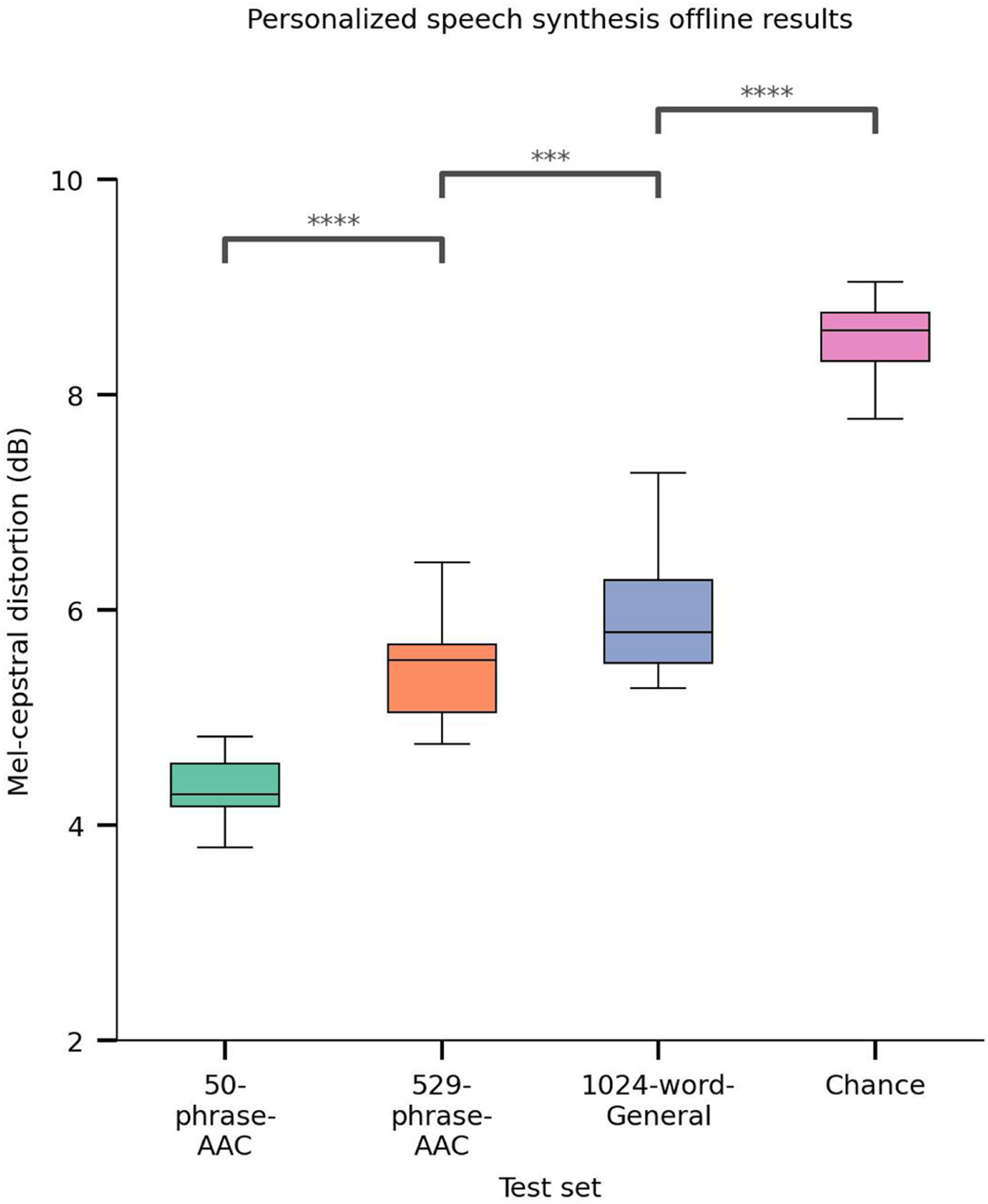Extended Data Fig. 5 |. Mel-cepstral distortions (MCDs) using a personalized voice tailored to the participant.

We calculate the Mel-cepstral distortion (MCDs) between decoded speech with the participant’s personalized voice and voice-converted reference waveforms for the 50-phrase-AAC, 529-phrase-AAC, and 1024-word-General set. Lower MCD indicates better performance. We achieved mean MCDs of 3.87 (99% CI [3.83, 4.45]), 5.12 (99% CI [4.41, 5.35]), and 5.57 (99% CI [5.17, 5.90]) dB for the 50-phrase-AAC (N = 15 pseudo-blocks), 529-phrase-AAC (N = 15 pseudoblocks), and 1024-word-General sets (N = 20 pseudo-blocks) Chance MCDs were computed by shuffling electrode indices in the test data with the same synthesis pipeline and computed on the 50-phrase-AAC evaluation set. The MCDs of all sets are significantly lower than the chance. 529-phrase-AAC vs. 1024-word-General ∗∗∗ = P < 0.001, otherwise all ∗∗∗∗ = P < 0.0001. Two-sided Wilcoxon rank-sum tests were used for comparisons within-dataset and Mann-Whitney U-test outside of dataset with 9-way Holm-Bonferroni correct.
